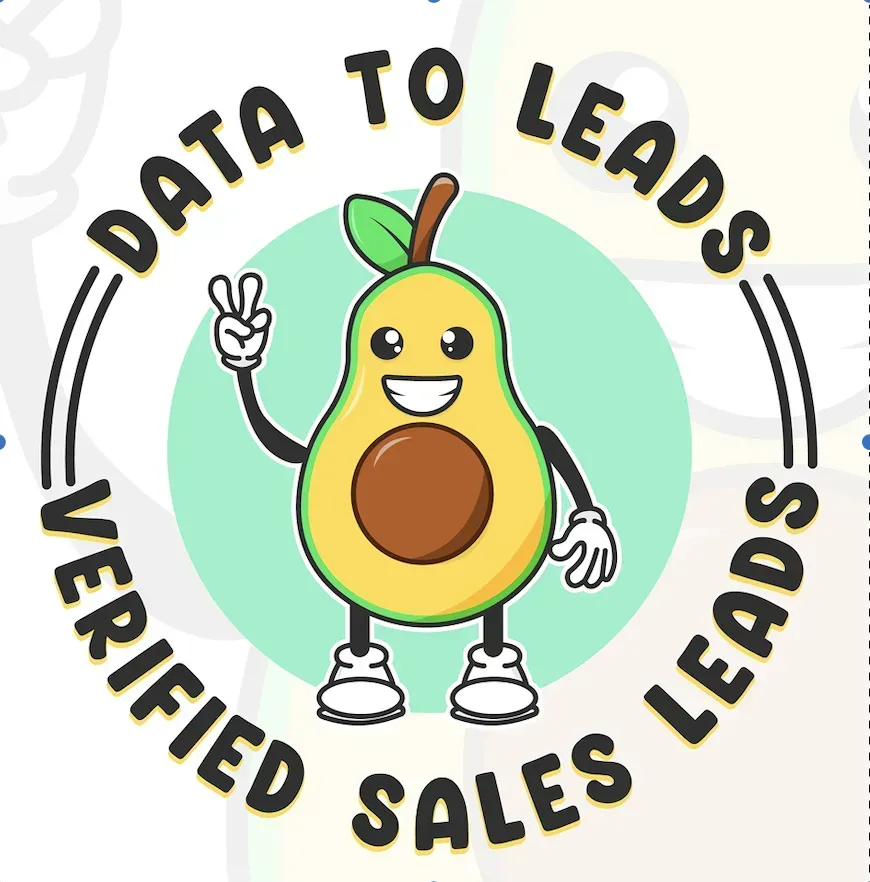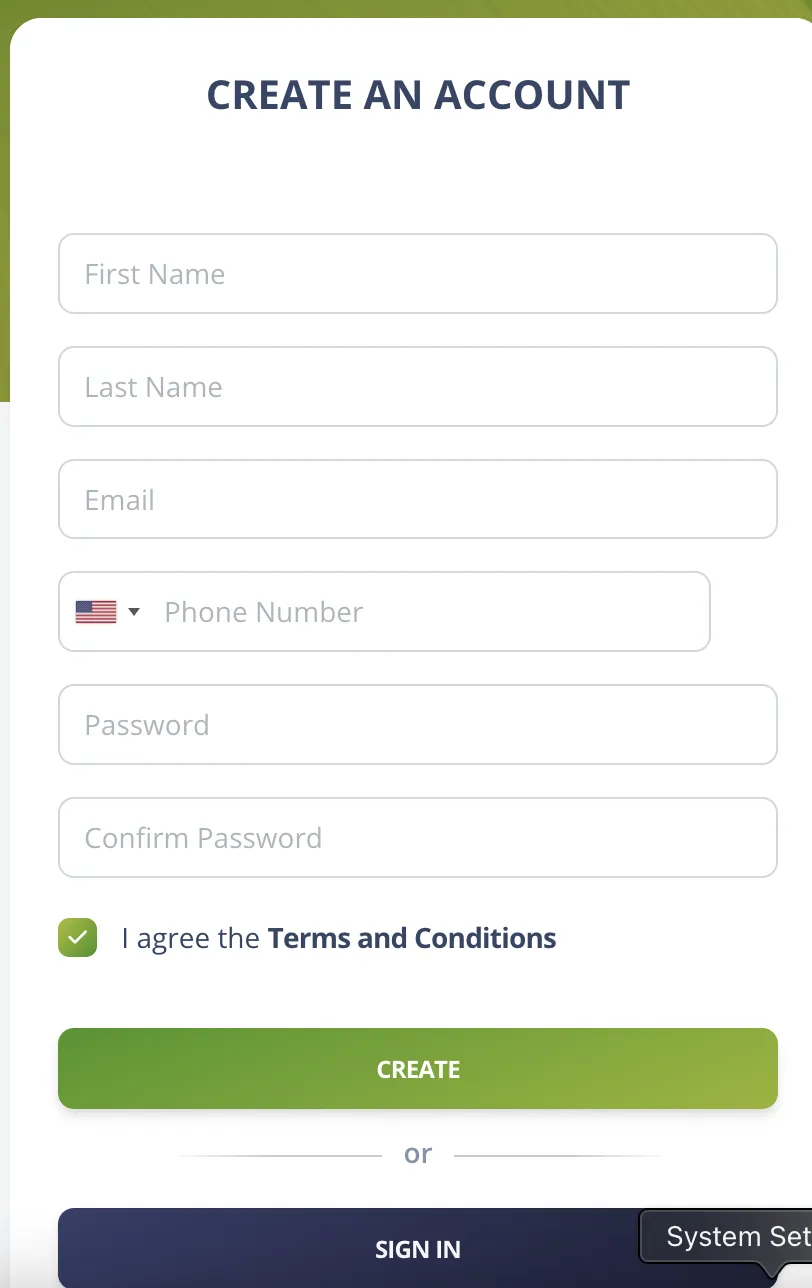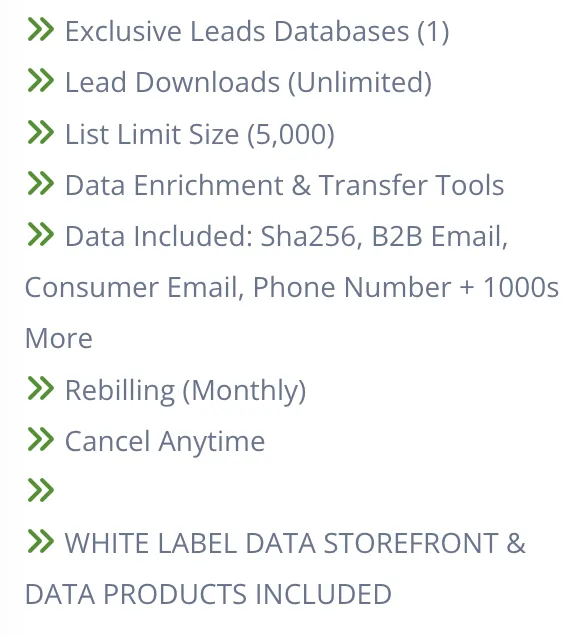Why Weather Data Matters in Today's Data-Driven Economy
Weather intelligence sits at the intersection of atmospheric science, oceanography, space physics, and AI. Modern data marketplaces are revolutionizing how businesses access and monetize weather information. The National Weather Service and other agencies pour out petabytes of open data every year, creating opportunities for data companies to build innovative products and services.
- Real-time radar loops and high-resolution weather mosaics for business intelligence
- Hourly and 7-day forecasts for every ZIP code, perfect for targeted marketing campaigns
- Tides, currents, river levels, and marine forecasts for logistics and B2B sales optimization
- Global forecast models feeding AI databases and machine learning applications
- Live satellite imagery streams supporting everything from agricultural intent data to wildfire monitoring
Thanks to modern data extraction technologies and cloud infrastructure, developers can access this information via API, build comprehensive databases, and create derivative products. Whether it's a weather app for outdoor enthusiasts, real-time alerts for maritime operations, or AI that predicts storm damage, the opportunities are endless.
Weather Data Applications Across Industries
Modern businesses leverage weather intelligence through sophisticated Data-as-a-Service solutions. Real estate professionals use climate patterns to advise clients, while solar energy companies rely on solar irradiance forecasts for project planning. Energy sector leads depend on temperature predictions for demand forecasting, and commercial real estate developers factor climate risks into investment decisions.
Hurricane Intelligence & Risk Assessment
Atlantic hurricane seasons are intensifying, and businesses need real-time intelligence. Modern data mining techniques extract valuable insights from storm tracking data, feeding business intent datasets that help companies prepare for weather events.
Hurricane tracking showcases the power of layered datasets—radar imagery, forecast models, and storm reports—all accessible through modern data marketplaces and white-label data platforms.
Space Weather & Aurora Forecasting
Weather extends beyond Earth's atmosphere. Solar storms and geomagnetic events affect everything from airline routes to satellite communications. Data scientists now build predictive models around space weather, creating new revenue streams through specialized database services.
Aurora forecasting demonstrates how intent data marketplaces can monetize niche interests, connecting aurora photographers with real-time visibility predictions.
Professional Weather Data Integration
When major storms develop, analysts immediately access comprehensive datasets through data commerce platforms. They utilize ETL software to process forecast models, storm paths, and impact predictions, building real-time risk assessments for business clients and consumer applications.
Long-Range Climate Forecasting: Business Planning for 2025-2026
Seasonal forecasts represent the intersection of climate science and business strategy. Modern data platforms provide access to long-range outlooks that help companies plan operations months in advance. Whether you're managing home security services, operating ski resorts, or trading commodities, climate intelligence shapes strategic decisions.
Industry-Specific Weather Applications
Residential solar companies use solar irradiance forecasts to optimize installation timing, while commercial solar developers rely on climate data for long-term project viability. Homeowner-focused businesses leverage seasonal weather patterns for targeted marketing, and real estate investors factor climate trends into property valuations.
Climate predictions integrate with modern lead generation platforms, enabling businesses to create targeted campaigns based on weather patterns. For example, homeowner email databases can be segmented by climate zones, allowing for precise seasonal marketing campaigns.
2026 Weather Technology Roadmap: Satellites, AI & Data Infrastructure
| 2026 Technology Milestone | Business Impact & Data Opportunities |
|---|---|
| Next-Gen Weather Satellites | Enhanced data streams feeding AI databases and enabling new white-label data products |
| Solar Maximum Peak | Increased demand for space weather data, creating opportunities for specialized data providers |
| Hurricane Forecast Improvements | 50% reduction in track errors enabling better business intelligence and risk assessment |
| AI Weather Post-Processing | Machine learning integration creating new Data-as-a-Service revenue streams |
| Hyperspectral Satellite Development | Advanced atmospheric monitoring supporting next-gen data marketplaces |
Data Infrastructure & Business Solutions
Modern weather data infrastructure relies on sophisticated database management systems and ETL processes. Companies building weather applications often utilize white-label data sharing platforms to accelerate development. Database construction for weather applications requires specialized knowledge of time-series data and geospatial indexing.
Public vs. Private Weather Data: Strategic Considerations
Businesses must choose between free government datasets and premium commercial services. Government data offers transparency and reliability, while private providers add value through enhanced processing, visualization, and data enrichment. Smart organizations use a hybrid approach, treating public data as the foundation while leveraging commercial services for specialized applications.
Data Monetization Strategies
Weather data companies employ various monetization strategies through marketplace platforms. Some focus on selling raw datasets, while others create value-added products. Successful data selling often involves packaging weather intelligence with industry-specific insights, such as combining climate data with business marketing lists or contact databases.
Accessing Weather Data: Developer Resources
- Government portals and API services for data extraction
- JSON endpoints for real-time integration with CRM systems
- Cloud-optimized datasets in major data sharing platforms
- Streaming data feeds for real-time marketing applications
- Historical archives for data analysis and trend modeling
Case Study: Real-Time Weather Dashboard
- Severe weather alerts integrated with business communication systems
- Hurricane tracking feeds for real estate applications
- Aurora forecasts for tourism lead generation
- Marine forecasts for logistics and B2B industry applications
- Precipitation forecasts feeding targeted mailing campaigns
A sophisticated data architecture combining these feeds creates a comprehensive weather intelligence platform that can compete with premium commercial services while leveraging white-label DaaS solutions.
Weather Data Business Environment
The weather data industry operates within a complex ecosystem of government agencies, private companies, and data sharing platforms. Regulatory changes and funding cycles affect data availability, while technological advances create new opportunities for data commerce. Companies building weather applications should consider white-label data solutions to reduce development costs and time-to-market.
Advanced Data Applications & Integration
Sophisticated weather applications integrate multiple data sources through modern ETL platforms. Companies utilize web scraping techniques to supplement official data feeds, while CRM integrations enable weather-based marketing automation. Advanced users implement payment processing APIs to monetize weather data services.
Marketing Applications: Weather-Driven Lead Generation
Weather data creates unique opportunities for targeted marketing and lead generation. Businesses can leverage seasonal patterns, storm tracking, and climate forecasts to create highly relevant campaigns. For example, solar installation companies can target sunny regions, while home security providers can focus on areas prone to severe weather.
Weather-Based Marketing Strategies
Smart marketers combine weather intelligence with traditional mailing lists and email databases. Homeowner contact lists can be segmented by climate zones, enabling seasonal product promotions. Business phone databases combined with weather alerts create opportunities for B2B storm preparation services. Direct mail campaigns can be timed with weather patterns for maximum impact.
Building Weather Data Infrastructure
Creating robust weather data systems requires expertise in data business architecture and modern development practices. Companies often start with free listing platforms before scaling to comprehensive DaaS solutions. Key considerations include data storage, processing capacity, and API design.
Technical Implementation & Tools
Weather data platforms require sophisticated database management systems and robust data extraction capabilities. Developers often utilize calculation tools for data analysis and implement secure payment processing for commercial applications. Advanced data company setup involves careful consideration of scalability, security, and compliance requirements.
Industry-Specific Weather Intelligence
Different industries leverage weather data in unique ways, creating specialized markets and opportunities. Real estate marketing incorporates climate trends, while insurance companies use weather patterns for risk assessment. Financial services providers factor weather impacts into lending decisions, and construction companies rely on forecasts for project planning.
Sector-Specific Applications
Healthcare providers track seasonal illness patterns, while nursing services prepare for weather-related emergencies. Insurance professionals use climate data for policy pricing, and call centers adjust staffing based on weather-driven demand patterns. Luxury service providers target affluent clients during favorable weather conditions.
Data Quality & Verification Systems
Weather data accuracy is critical for business applications. Modern data cleaning techniques ensure forecast reliability, while verification systems validate information quality. Data verification services play a crucial role in maintaining dataset integrity for commercial applications.
Data Accuracy & Compliance
Professional weather data services implement rigorous quality control through comparison systems and verification tools. Data tracing techniques help validate source accuracy, while location verification ensures geographic precision. Contact verification systems maintain database quality for customer-facing applications.
Emerging Technologies & Future Opportunities
The weather data industry continues evolving with technological advances. AI integration enhances forecast accuracy, while machine learning applications create new analytical capabilities. Professional networking platforms connect weather data specialists, fostering industry innovation.
Innovation & Collaboration
Industry leaders leverage social media advertising to promote weather data services, while advertising platforms enable targeted marketing campaigns. Professional prospecting tools help identify potential clients, and lead intelligence platforms support business development efforts. Alternative data sources provide additional market opportunities.
Global Weather Data Markets
Weather data markets span the globe, with U.S. datasets leading in accessibility and quality. International collaboration through data sharing exchanges enables global weather intelligence. Regional specialization creates niche opportunities for location-specific weather services.
Geographic Specialization
Regional weather expertise creates opportunities for white-label partnerships and specialized products. Companies can develop branded data storefronts for specific geographic markets, while DaaS implementations enable rapid market entry. Custom database solutions serve specialized regional needs.
Business Intelligence & Analytics
Weather intelligence drives sophisticated business analytics and decision-making processes. Database enhancement techniques enable complex weather analysis, while CRM integration connects weather patterns with customer behavior. Custom lead generation based on weather conditions creates new marketing opportunities.
Weather Data Monetization Excellence
Successful weather data businesses combine technical expertise with market knowledge. They utilize online sales platforms and B2B marketplace strategies to reach customers. Data brokerage services provide additional revenue streams, while commerce agency partnerships enable market expansion. Agency-based approaches create scalable business models for weather data services.
Customer Success & Support Systems
Weather data businesses require robust customer support infrastructure. Email delivery systems ensure reliable communication, while payment processing integration streamlines transactions. Data delivery optimization ensures customer satisfaction through fast, reliable access to weather information.
Service Excellence & Support
Professional weather data services implement comprehensive support systems including effective communication strategies and targeted customer engagement. Email list development supports customer retention, while diverse marketing approaches enable customer acquisition. Performance optimization ensures service reliability.
Conclusion: The Future of Weather Intelligence
Whether you're tracking hurricanes, planning agricultural operations, or pricing weather derivatives, atmospheric data represents an indispensable business resource. In an era where scalable data pipelines demand high-quality inputs, weather intelligence delivers verified, actionable insights 24/7. The combination of government datasets, commercial enhancement, and modern data sharing platforms creates unprecedented opportunities for innovation and growth.
Organizations that master weather data integration gain competitive advantages across multiple dimensions: risk management, operational efficiency, customer targeting, and strategic planning. As climate patterns continue evolving and extreme weather events become more frequent, businesses that invest in weather intelligence infrastructure today will be best positioned for tomorrow's challenges and opportunities.
Getting Started with Weather Data
Begin your weather data journey by exploring comprehensive data service guides and understanding marketplace platforms. Consider building custom databases for your specific needs, or leverage existing free data resources to prototype applications. Professional development benefits from networking strategies and industry connections that drive business growth in the evolving weather data ecosystem.
Complete weather data integration guide with 50+ strategic business links | Visit our blog for more insights




